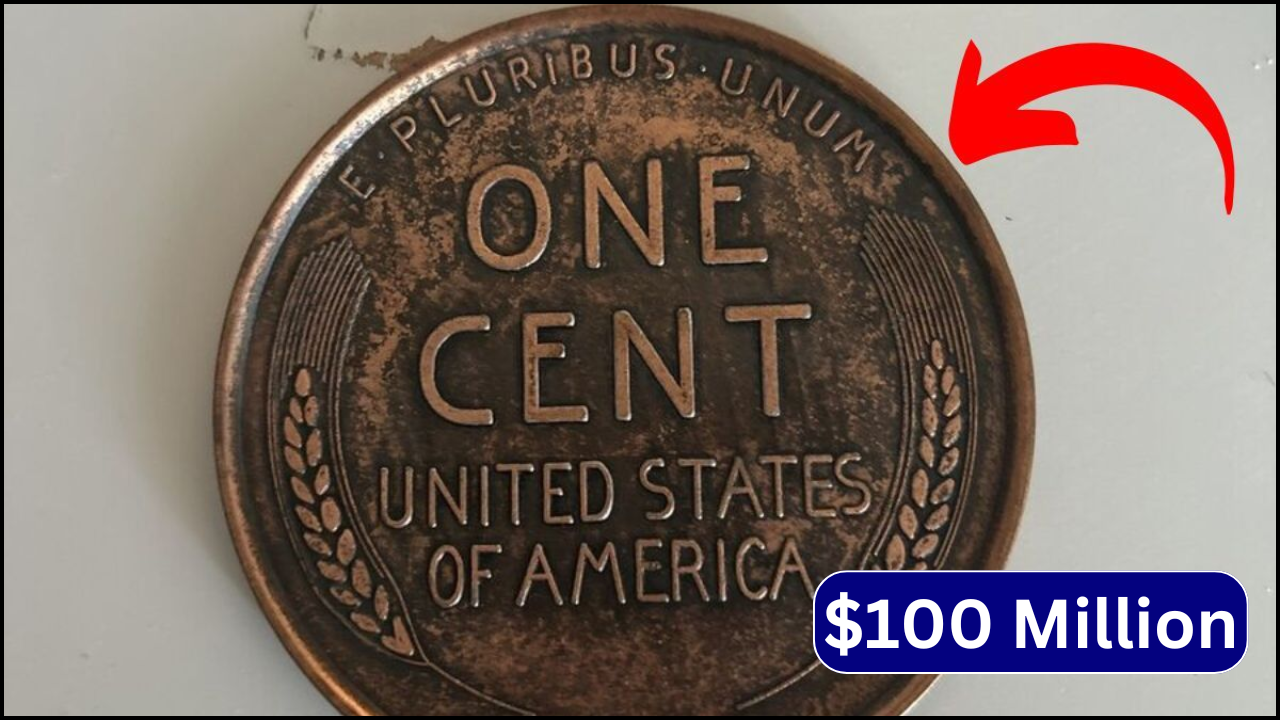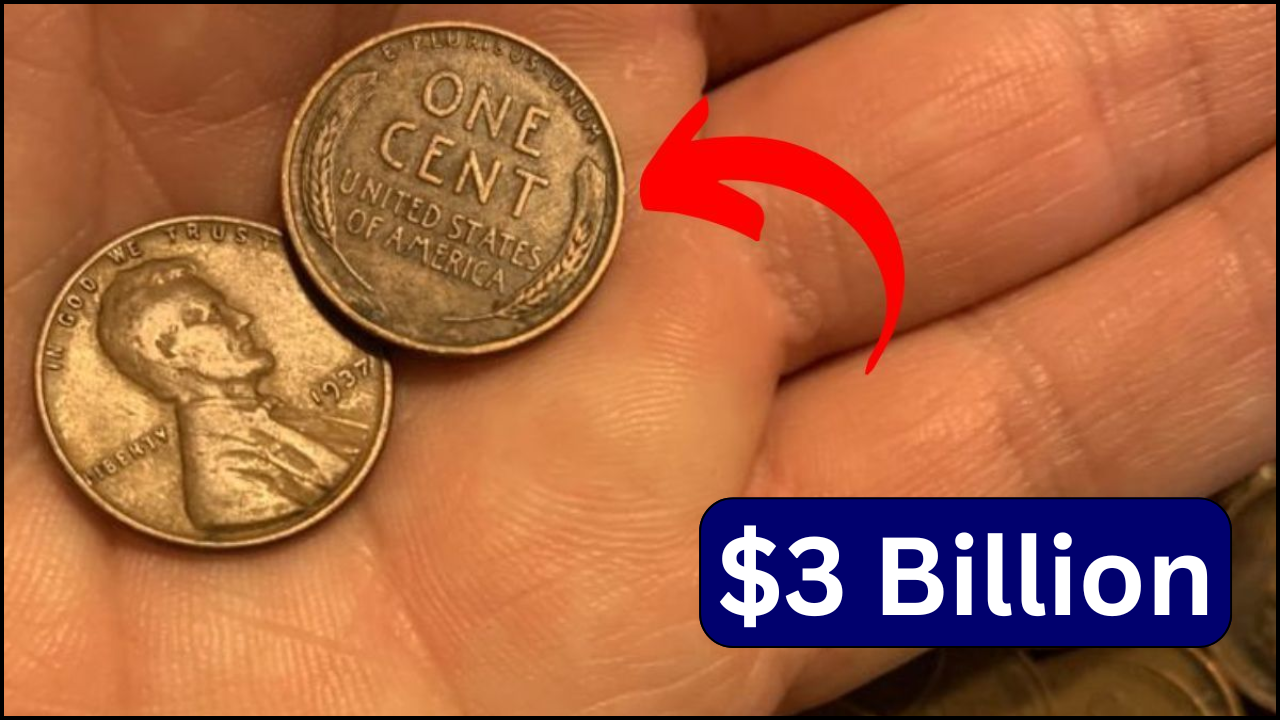
The Lincoln Wheat Penny holds a special place in American coin collecting. Introduced in 1909 to celebrate Abraham Lincoln’s 100th birthday, these distinctive coins featuring Lincoln’s profile on the front and wheat stalks on the back remained in circulation until 1958. While most of these pennies are worth only a few cents today, some rare specimens can be quite valuable. However, claims of about $40 million in wheat pennies require careful examination.
The Reality of Wheat Penny Values
Despite sensational headlines, no Lincoln Wheat Penny has ever sold for anywhere near $40 million. The most valuable wheat penny ever sold was a 1943-D bronze cent that fetched $1.7 million in 2010. This extreme rarity occurred when a few bronze blanks were accidentally used during the year when pennies were supposed to be made from steel to conserve copper for the war effort.
Most valuable wheat pennies fall into these categories:
- 1909-S VDB (with designer Victor David Brenner’s initials): $750-$2,500
- 1914-D: $300-$4,000
- 1922 plain (no mint mark): $500-$10,000
- 1931-S: $100-$200
- 1943 bronze: $100,000-$1.7 million
The Lincoln Wheat Penny Valued at $5.5 Million, Reality, and the Joy of Collecting
The Lincoln Wheat Penny Valued at $410K, Historical Treasure or Urban Legend?
The Lincoln Wheat Penny Valued at $3 Billion, Separating Fact from Fiction
Rare Bicentennial Quarter Worth $2.2 Billion, Three Coins That Could Change Your Life
The Lincoln Wheat Penny Valued at $1.4 Billion, From One Cent to One Billion
What Creates Value in Coins
Several factors determine a coin’s value:
Rarity: The fewer examples that exist, the more valuable a coin becomes. Many of the most valuable wheat pennies had very low mintage numbers.
Condition: Coins in “mint state” (looking new) are worth significantly more than worn examples. Professional grading services rate coins on a scale of 1-70, with 70 being perfect.
Historical Significance: Coins connected to important events or representing mistakes in production often command higher prices.
Collector Demand: As more people seek a particular coin, its market value increases.
The Fascination with Error Coins
Mistakes during the minting process can create valuable rarities. Common errors include:
- Double Dies: When design elements appear doubled due to misalignment during production
- Off-Center Strikes: When the coin blank isn’t properly centered during striking
- Wrong Planchet Errors: When a coin is struck on the wrong type of metal blank
These errors can increase a wheat penny’s value from a few cents to hundreds or even thousands of dollars.
The Reality of Finding Valuable Pennies
While discovering a valuable wheat penny in circulation remains possible, the odds are extremely low. Most valuable specimens were removed from circulation decades ago by collectors. However, examining inherited collections or purchasing rolls of old pennies can occasionally yield worthwhile finds.
The possibility, however remote, of finding something valuable keeps many collectors searching. This “treasure hunt” aspect makes coin collecting accessible and exciting for beginners.
Educational Value Beyond Money
Coin collecting offers educational benefits that transcend monetary value:
Historical Connection: Each penny represents a moment in American history, providing tangible connections to the past.
Economic Understanding: Collectors learn about concepts like supply and demand, inflation, and the changing role of currency.
Attention to Detail: The careful examination required to identify valuable varieties teaches observation skills.
Preservation Techniques: Collectors learn proper handling and storage methods to preserve historical artifacts.
The Collector Community
Numismatics (coin collecting) has created a vibrant community where knowledge is shared across generations. Local coin clubs, online forums, and trade shows bring together people from diverse backgrounds united by their interest in these small pieces of history.
For many, the relationships formed and knowledge gained through collecting prove more valuable than any rare find.
Looking Ahead
While claims of $40 million wheat pennies remain firmly in the realm of exaggeration, the Lincoln Wheat series offers genuine opportunities for discovery, education, and appreciation of American history. The true value of coin collecting often lies not in finding a single valuable specimen but in the journey of exploration, learning, and connection that these small pieces of copper inspire.
For those interested in beginning their own collection, wheat pennies remain an accessible and historically rich starting point. Rather than focusing on unlikely windfall discoveries, new collectors might better approach the hobby with appreciation for the historical significance, artistic merit, and educational opportunities these coins represent.




